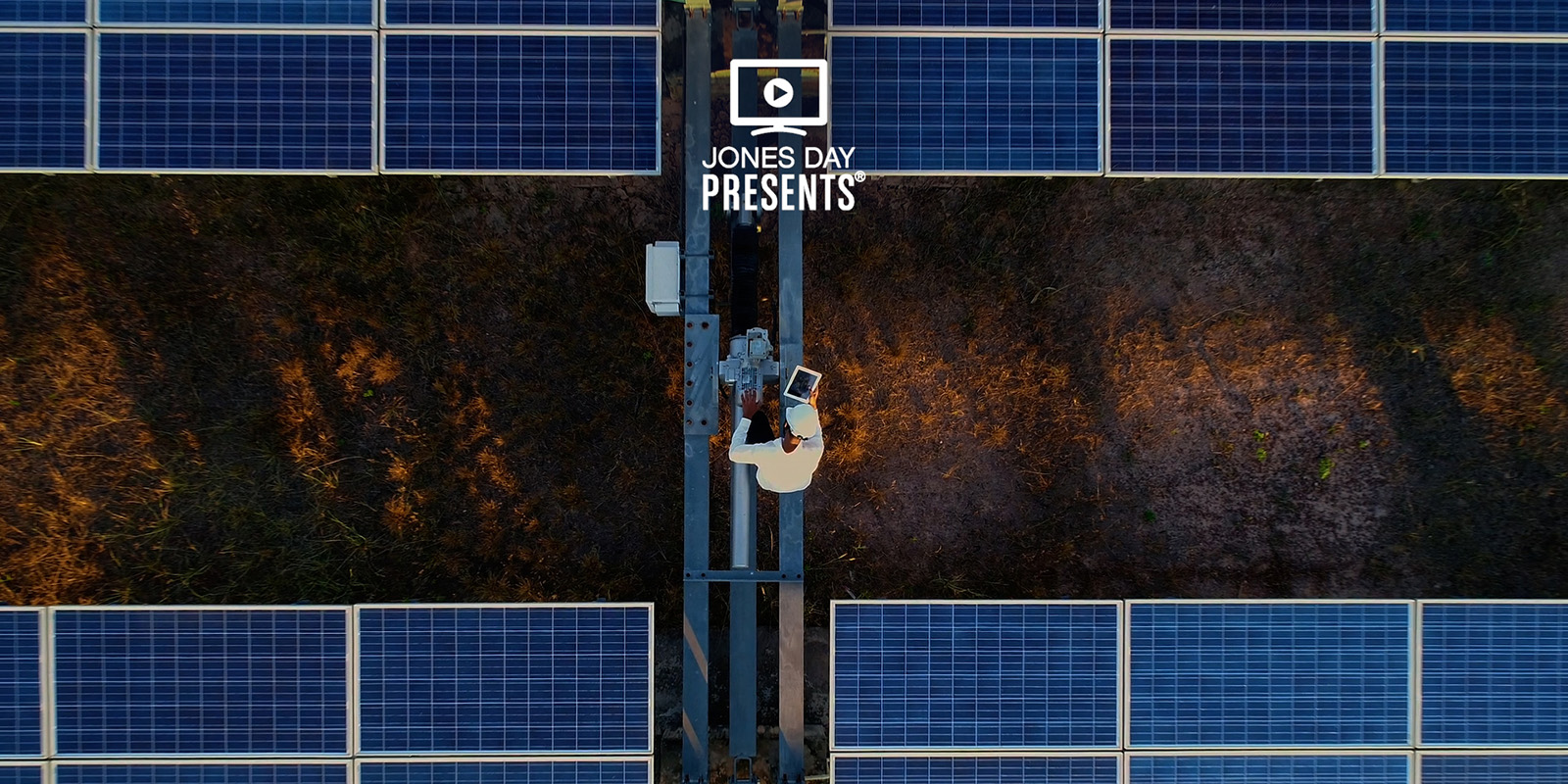
JONES DAY PRESENTS®: Trade Secret Audits: Enhanced Mapping, Protecting Access and Creating Understanding
Trade secret audits can help companies of any size stay competitive. Jones Day Intellectual Property Partner Thomas Bouvet explains how challenging a company's existing protections with enhanced mapping, audit of relevant contracts, and review of security protections aid in maintaining valuable trade secrets.
A full transcript appears below.
Thomas Bouvet:
We increasingly perform trade secret audits for clients of very different activities and size, and we see that there are things to improve almost in every situation. The purpose of a trade secret audit is to challenge protection that is put in place and to make sure that it meets the legal requirements globally. The first step of a trade secret audit is first to have enhanced mapping of the trade secret. What this means, it's first identify where trade secret be located, whether they're technical, commercial, financial information related, and also the importance of those trade secrets for the companies. Are they critical or not? Where they have been designed and how they are used in particular to understand whether protection is possible. Then we audit all the protection that has been put in place by the company. So we audit first all the contracts, either employees contract, executive contracts, confidentiality provisions tend to cover very generally employees but not always executives, but also contracts with supplier consulting agencies and so on. And the idea is to make sure that there are confidential provisions in all those agreements and that those agreements provide that the company is the legitimate owner of any trade secret that will be designed.
Another aspect is IT protection. Increasingly, every information is embedded on server and computers and telephones. A large part of the job to know whether access is controlled, how it is controlled, and also we help company think and consider putting up monitoring. The last thing is exchange with the services in charge of security within companies and in particular plants. And what we want to ensure is that there is appropriate control and that we are able to explain to courts that appropriate protection policies have been put in place in order to protect access to information that we qualify as being critical and constituting trade secrets. The last element is a clash between the legal situation where the company believes that it has set up all the appropriate policies and the feeling that employees have about that protection. There are many situations where the company has set up appropriate policies, but the employees have not completely understood them or do not understand exactly what the trade secrets are. So they are told that they are trade secrets, they are told to protect them, but they have difficulties understanding the exact level and granularity of information, which constitutes trade secrets. Which in practice results in situations where the protection exists but it's not completely efficient because people do not have the full understanding.


